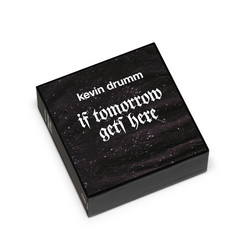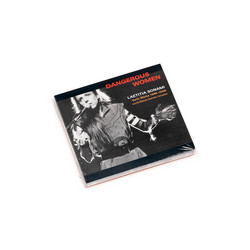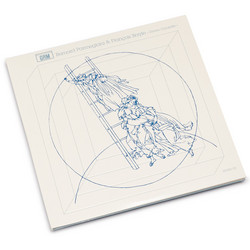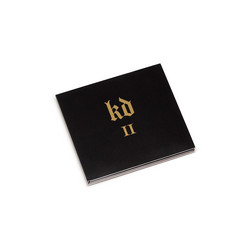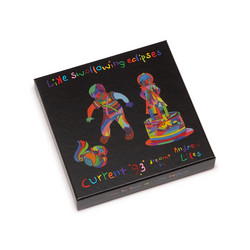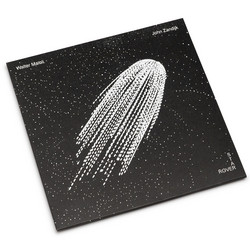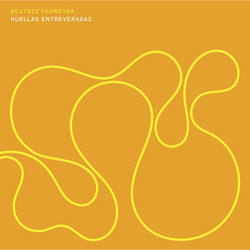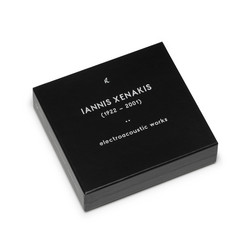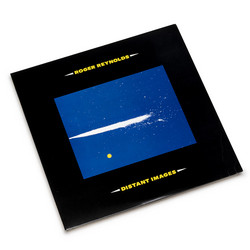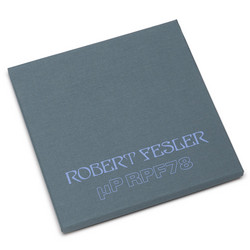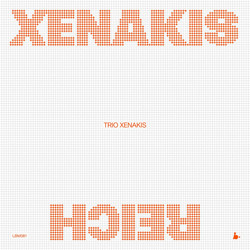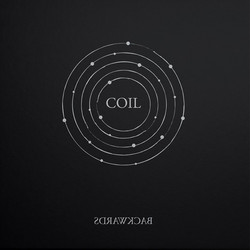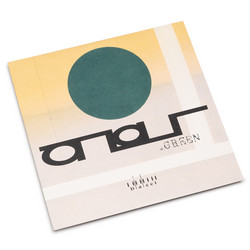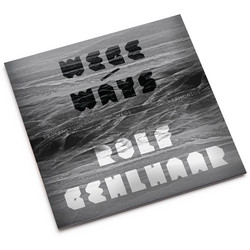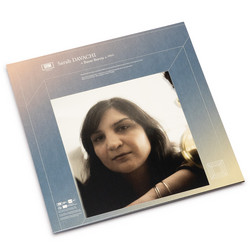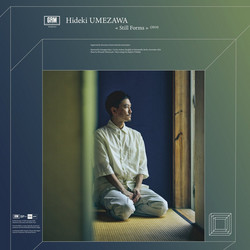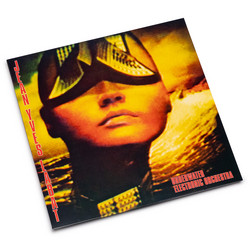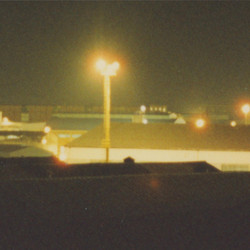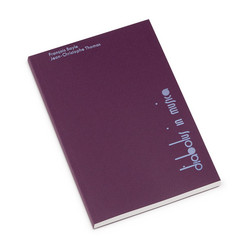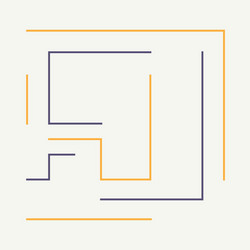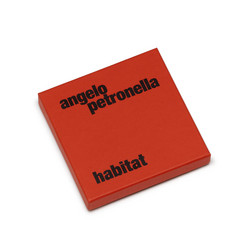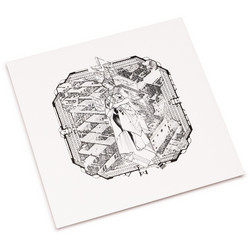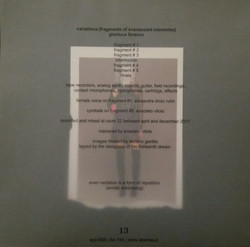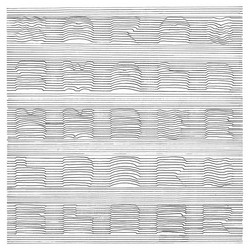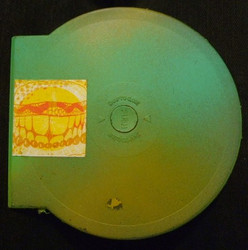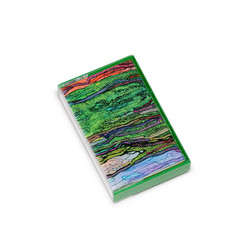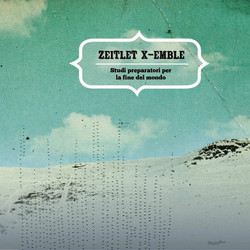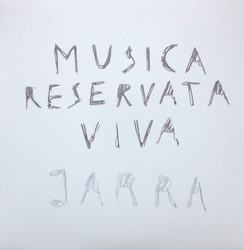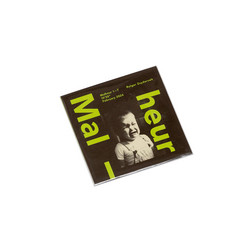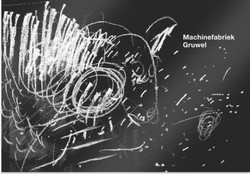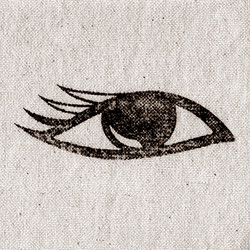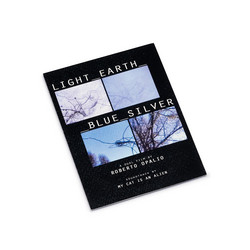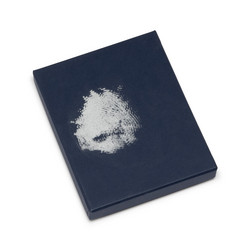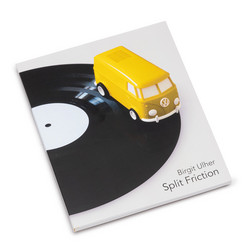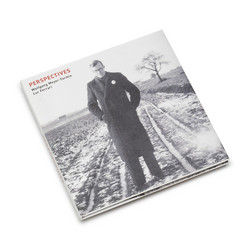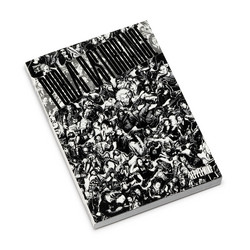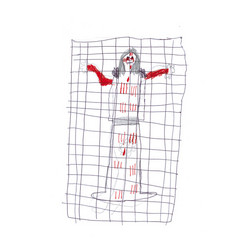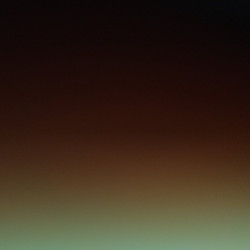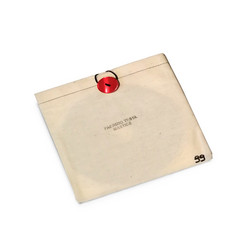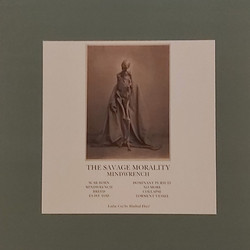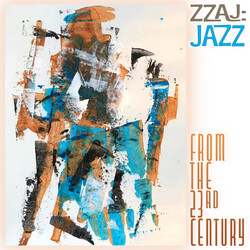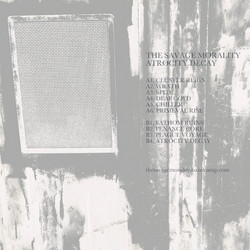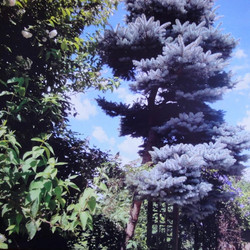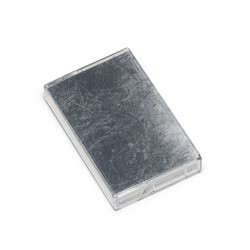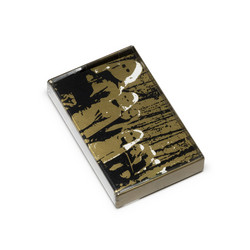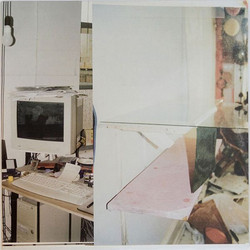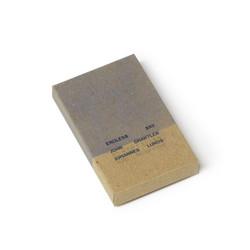Neuf Voix
Music for Dimensions (LP, Art Edition)
*Light-Caster Aluminium Artwork sleeve. Sculptural packaging. 100 copies only.* Neuf Voix is the pseudonym of Italian composer Elvio Seta, whose work investigates sound synthesis and perception through systematic exploration of voice as sonic material. Music for Dimensions employs concrete techniques—granular synthesis, spectral processing, spatial diffusion—to fragment and reorganize vocal material into what Pierre Schaeffer termed objets sonores. The compositional approach draws on dodecaphonic and microtonal systems while focusing on the microscopic structure of sound itself, using digital processing to isolate harmonic components and create textures that occupy ambiguous territory between recognition and abstraction.
Conceived for multichannel acousmonium—the loudspeaker system developed by François Bayle for spatial diffusion—Music for Dimensions has been adapted to stereo for this release. The work maintains the morphological relationships characteristic of acousmatic composition: the interplay of texture and density, the dialogue between sustained tones and percussive attacks. Pure voices dissolve into fragmented phonemes, sacred chants decompose into spectral components, electronic modifications reveal the materiality of digital processing. These transformations create vocal textures suspended between the recognizable and the abstract, what Schaeffer called écoute réduite—listening focused on sound's internal qualities rather than its origins.
Seta's technique analyzes composition at multiple scales: the microscopic structure of sound through digital synthesis and the organization of harmony and counterpoint informed by dodecaphonic and microtonal systems. The result occupies territory between concrete and electronic practices, voice treated not as linguistic vehicle but as material subject to transformation.
The Light-Caster aluminium sleeve functions as sculptural packaging, referencing the material used for Seta's personal acousmonium and creating continuity between the recorded work and the live diffusion system. The crystal clear vinyl allows visibility through the medium itself, suggesting a parallel to the acousmatic condition: sound whose source remains visible yet transformed. Limited to 100 copies only, this Art Edition documents a practice that connects 20th-century electroacoustic research with contemporary digital processing.
